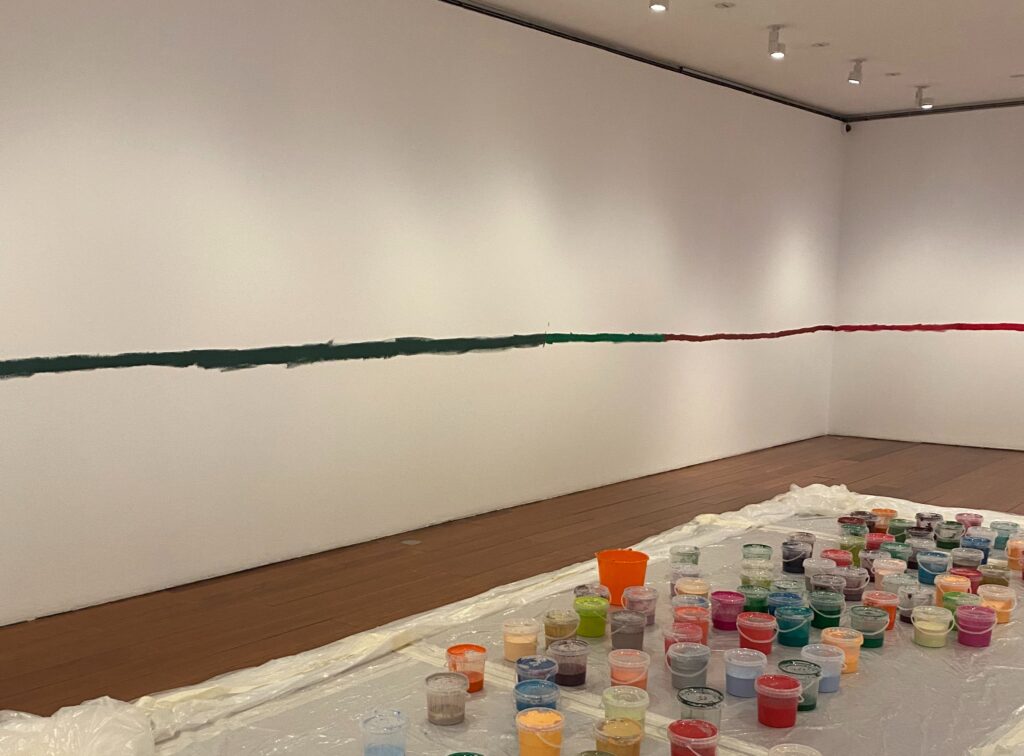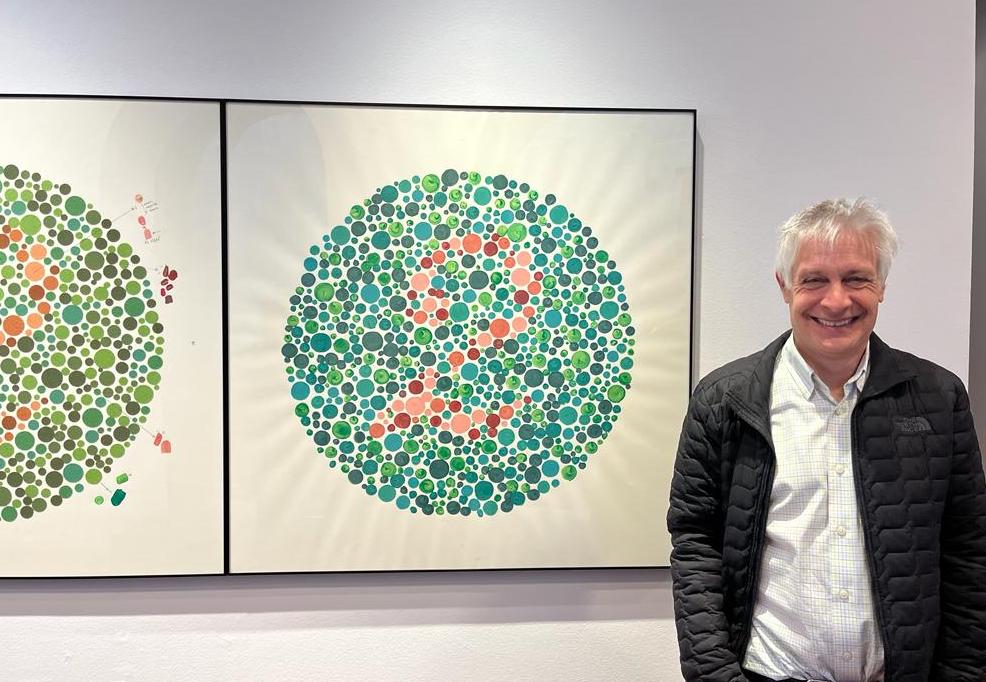Today’s post for Civic Learning Week comes from our own Christophe Spinale, Associate Director of the Florida Joint Center for Citizenship. He writes for us about the importance of student civic practice!
Despite consensus that civics education is important, there is certainly no shortage of opinion of what civics education should like. Whether from the left, right, or middle, it seems everyone has a view of what civic education should be. This cornucopia of views got me thinking about the common “threads” that make up civic education and whether or not there will ever be agreement about which ones to use. I am a bit pessimistic on this point. As a nation of 50 states, all with their own education policies regarding the teaching of civics, depending on which state students live, the type of civics education they receive is varied. With all this variance on what civic education should be, how can American democracy be expected to survive when, for example, students in Illinois are learning civics differently from students in Florida? Is there enough common ground for the next generation to understand the fragility of our constitutional democracy and what it will take to make it stronger?
Some argue that the focus should be on the knowledge, but is that sufficient? I would argue no, and I know I would be in good company. Those considered experts in the realm of civic education have long advocated that knowledge be put to use. This is not a novel approach. For a thousand years, people have learned by doing. The practicum is foundational to this idea. Seriously, how can this nation’s students learn to “keep the Republic,” if they are not afforded the opportunity to practice citizenship as part of their schooling? Why not afford the opportunity to students to be citizen apprentices? Semantically, I think this is an acceptable approach as the apprenticeship is not novel to education. When I think about those common “threads” and the ways in which they may be “woven” to form a “tapestry’ of civic practice, I am awestruck at the possibilities. Civic education policy makers should be too.
With all the research that shows the effectiveness of coupling civic knowledge with civic skills, the citizen apprentice affords teachers the opportunity to become weavers of civic practice. They are able to take the common “threads” of knowledge and skills and “weave” them together to develop practical learning opportunities around the habits of good citizenship. Of course, this begs the question, what habits?
When thinking about this question, I often think about how the Founders. This is mostly because they are the ones invoked by the “knowledge advocates” as the basis for understanding our origins. No matter whose story I read, three things strike me – how young many of them were, how well read they were, and how they practiced what they preached. Obviously, their education provided a foundation of knowledge upon which they could develop the necessary skills to be able to accomplish what they did, but the ages they did it, now that is remarkable. I guess the point is we celebrate these young, bright, accomplished men for their writings, debates, protests, and fighting, so why is there hesitation to include a practice component to learning civics where students learn to deliberate, collaborate, and propose solutions to community issues of concern to them? Shouldn’t there be an expectation to engage in the American experience and participate in political processes as part of learning how to be a good citizen? Shouldn’t these types of “threads” be a basic component for all students engaged in civic learning?
As a parent, I want my children to have this type of civic education. I don’t want them being distrustful of democracy. I want them to engage their elected officials responsibly. I want them to have civil discourse and find common ground on issues where there may be disagreement. In other words, I want them to know how to be a good citizen, having discussed current events and controversial issues, engaged service learning, and participate in simulations of democratic processes. Imagine the possibilities of allowing our schools and teachers to be weavers of civic practice, where students can truly learn what it means to be a good citizen, but more importantly, act like one.


